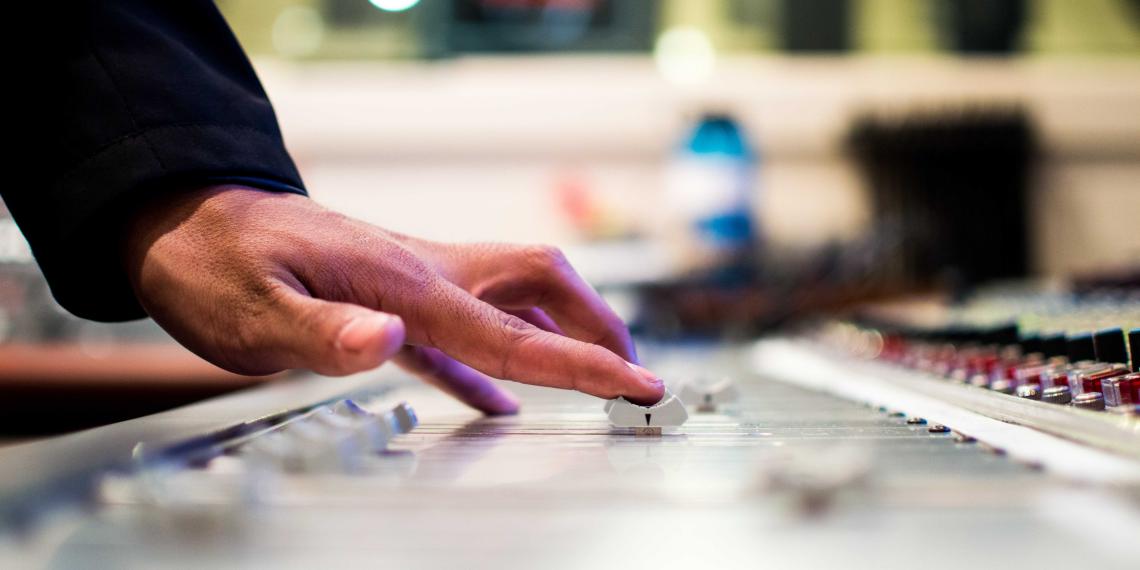Using Active Mixing to Enhance Worship Times

Whether purposeful or not, there tends to be a level of separation between musicians and sound engineers. Active mixing is a way to lower this barrier and for musicians and engineers to work together in order to create some amazing worship times. Here are some of the concepts behind active mixing and how it can contribute to your worship experience.
Firstly, active mixing requires the sound person to be listening. This cannot be stated enough. Active mixing requires that the sound engineer knows the songs, the arrangements, the mood and the atmosphere that the worship leader is trying to create. This comes with good communication, dedication and servant heartedness. It does not come from a “turn up and flick some switches” mentality, it requires real investment into the worship life of your church.
When these are in place, active mixing will come naturally. By definition, active mixing is simply the raising and lowering of certain parts of the song as the song sees fit. For instance, you might boost a guitar lead break, lower a kick drum, EQ a keyboard or bus vocals on the fly. Each song will require different mixes, and by actively pushing faders and turning knobs, the sound engineer is equally involved with crafting the mood of the song.
It’s always important to actively mix to the mood of your church. If there’s an atmosphere of praise, where people are singing loudly and making all sorts of noise, it’s probably going to be OK if you mix things up a few DB or so. Likewise, if the mood is reflective and prayerful, choose which instruments you’re pulling out and giving priority to in the mix. It’s important that you’re always listening and reassessing the mood of the room.
As well as the mood of the room, look for ways to use audio to shape it. You might feel that the energy of the room is a bit down. A great way to boost this is to put some upbeat music on underneath introductions or announcements. Just make sure that you’re not competing with your main MC or pastor for attention.
Here are a few areas that active mixing can really help with:
- If you have a singer that’s enthusiastic but not very “tuneful”, be aware of it and be ready to pull them out of the mix if they get too off
- Pay attention to the frequency range of your keyboard and piano. If your keys player is making use of all their keys, live EQ can really help to lessen clashes between frequencies
- EQ can also help with harsh high end frequencies. If your drummer is starting to build a song with a bit of passion, but is going hard on their cymbals, you can help lessen those higher frequencies with some EQ (if your drummer is miced)
- Pay attention to which instrument is the lead for that song and push them further out in the mix. Again, with some preparation, you should be familiar enough with the songs to know what to boost.
There’s plenty for sound engineers to do during worship times and we need to get out of the mentality that our job is done once everything is going. As an act of worship, lets do our best to make the sweetest sound to the Lord that we can. Active mixing is one way that we can achieve this.

